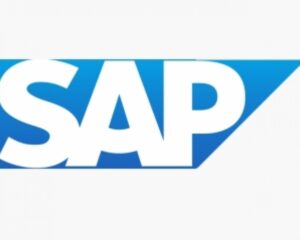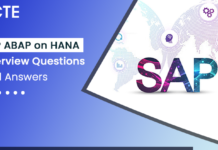
This is an article from our KBA (Knowledge Based Article) series.
Edition 1- SAP SAC Support
From S4HANA system we are extracting data to SAC using HANA CDS Views:
S4HANA— HANA CDS Views— SAC
- Core Data Service (CDS) Views: are virtual data models of SAP HANA which allows direct access to underlying tables of the HANA database. SAP CDS Views came into being with SAP’s new programming model. SAP CDS Viewsaim to push logic from the application server to the client-side anddatabase.
There are two types ofCDS
- Standard
- Customized
- Depending upon the Client’s requirement we will work on it accordingly.
- After Modelling the Data in SAC, Stories will be created for Analysis.
- Reporting will be done on Stories:
- Standard Story
- Customized Story
BWS4HANA:
- BW4hana is allows you to consolidate data across the enterprise to get a consistent, agreed-upon view of your data.
- SAP BW/4HANA aims to reduce the complexity of the development environment and decrease the end-to-end development time.
- SAP S/4HANA is an ERP business suite based on the SAP HANA in-memory database that allows companies to perform transactions and analyze business data in real time.
- S/4 is an ERP solution, BW is Data Warehousing framework, HANA is a DBMS that have an ability to run application platform inside it (XS Advanced). S/4 and BW/4 both run on NetWeaver platform and they both use HANA DBMS underneath.
CURRENCY: The following currency types are available in the system:
- Transaction Currency
Currency in which a document is posted (currency type 00).
- Company Code Currency
The company code currency is the currency in which the local ledgers are managed in external Accounting (currency type 10). It is already predefined in the system and is the national currency of the company code.
- Group Currency(Global & Local Currency)
The group currency is used as the global currency, which allows amounts to be compared in a single currency (currency type 30). You specify your group currency before you install your system. The respective currency code applies for each client and consequently for all company codes and ledgers
OLAP OVERVIEW:
- Relational databases store data as individual records. Each record may contain a number of fields, but all these fields relate to just one record. For example, a Product record might have a number of fields containing information about that Product, such as sales transactions to different customers in different regions.
- Online Transaction Processing (OLTP) applications are used to query this information and keep it up to date. OLTP is designed to enable a large number of users to update and retrieve comparatively small numbers of individual records quickly.
- Online Analytical Processing (OLAP) applications are designed from the start with online data analysis in mind. To reduce processing time, relational data is summarized and pre-consolidated into matrix table format. Because these tables usually have three (or more) dimensions, they are referred to as data "cubes". OLAP data represents the hierarchical aggregations of the individual transactions. Consequently, the aggregated data can be analyzed much faster than relational data.
Regards,
Team FuGenTimes.
Reference- FuGenTex Pvt. Ltd.
Website-http://www.fugentex.com/
Linkedin-https://www.linkedin.com/company/fugentex-pvt-ltd/
Youtube-https://youtube.com/@fugentex3140
Instagram-https://instagram.com/fugentex_solutions_pvt_ltd?igshid=Yzg5MTU1MDY=
































